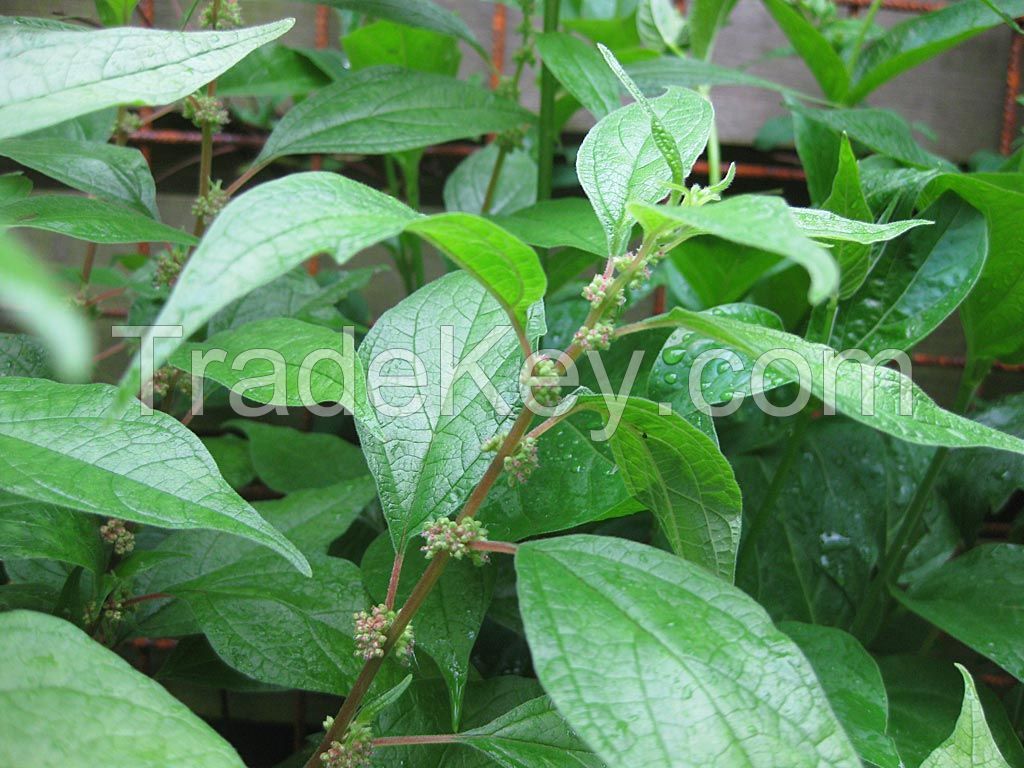

FOB Price
Get Latest Price( Negotiable )
|- Minimum Order
Country:
Morocco
Model No:
FFSS55141
FOB Price:
( Negotiable ) Get Latest Price
Place of Origin:
Morocco
Price for Minimum Order:
-
Minimum Order Quantity:
-
Packaging Detail:
PP bag
Delivery Time:
7 to 30 days depends on order
Supplying Ability:
-
Payment Type:
T/T, L/C
Product Group :
-
Morocco
Contact Person Mr. Abdelmajid
Usine Km 10 Ourika Road- Marrakech B.P : 7034 - Sidi Abbad, Marrakech
English Name: Parietaria
Officinalis
Botanical Name: Parietaria
Officinalis
Description:
Conventional
Origin: Morocco
Status: 100% Natural
Product
Description:
ELLITORY-OF-THE-WALL Overview
Information
Pellitory-of-the-wall is a plant. Its
name comes from its habit of growing in old walls and dry, stony
areas. The parts of the plant that grow above the ground are used
to make medicine.
People take pellitory-of-the-wall for
fluid retention, constipation, and cough. They also take it for a
variety of urinary tract disorders including urinary tract
infections (UTIs), kidney pain, and kidney stones.
Sometimes people apply
pellitory-of-the-wall directly to the skin for treating burns and
wounds.
PELLITORY-OF-THE-WALL Uses & Effectiveness What
is this?
Insufficient Evidence
for:

| Country: | Morocco |
| Model No: | FFSS55141 |
| FOB Price: | ( Negotiable ) Get Latest Price |
| Place of Origin: | Morocco |
| Price for Minimum Order: | - |
| Minimum Order Quantity: | - |
| Packaging Detail: | PP bag |
| Delivery Time: | 7 to 30 days depends on order |
| Supplying Ability: | - |
| Payment Type: | T/T, L/C |
| Product Group : | - |